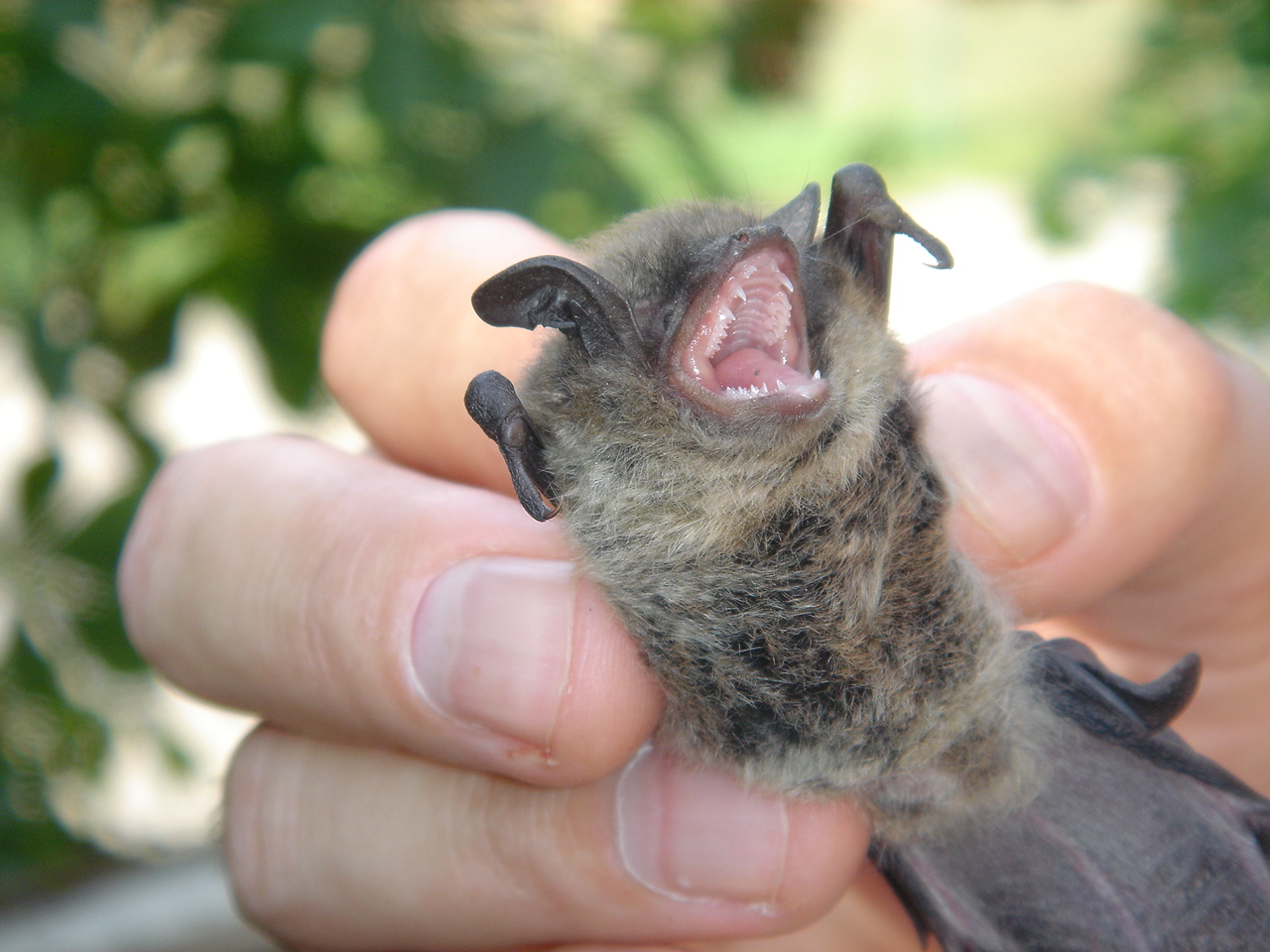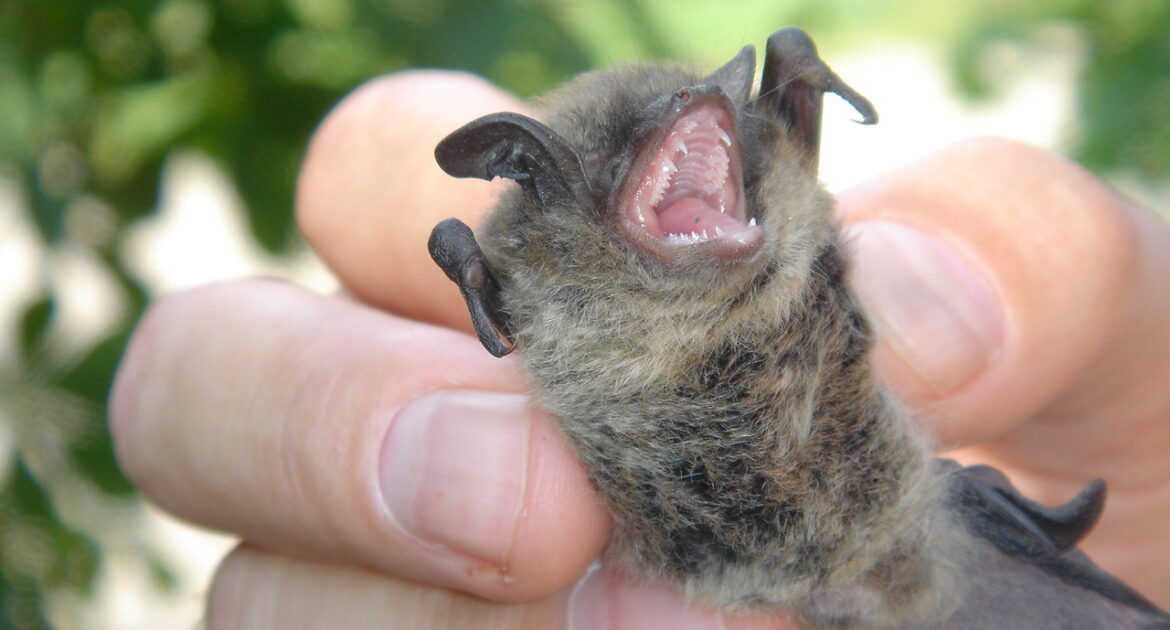Have you ever wondered whether bats are chatting away to each other? They usually appear silent other than the fluttering of their wings. While most of our bat-related calls are about bat removal in Milwaukee, we sometimes get asked about bat behaviour. We think these creatures are fascinating, so we decided to share some information on their communication techniques.
Do Bats Talk To Each Other?
Surprisingly, yes, bats do “talk” to each other. In fact, they can be very chatty. Bats are typically social animals that find safety in numbers (though behaviour varies). However, humans almost never hear them talking to each other.
The reason for this is simple: we physically can’t hear them. The human ear is sensitive to sound frequencies between about 20 hertz (waves per second) to about 28,000 hertz. Bats have some of the best hearing in the world and can emit and hear sounds in excess of 100,000 hertz. In other words, our ears are nowhere near sensitive enough to pick up these high-frequency noises. However, there are recordings of bat sounds that have been processed to be audible for humans.
Bats use chirps, screeches and songs to communicate with each other. Researchers believe that bat communication is quite sophisticated. They have different ways of talking to each other depending on whether it is two males, two females or a male and a female. Additionally, bat communication is surprisingly varied between species and families. They really are fascinating animals.
Do Bats See With Sound?
Many people believe that bats are blind and see using echolocation. This is only half true. Bats can actually see (in the conventional sense) about as well as humans. However, they also use their high-frequency chirps and hearing as a form of echolocation. This is important to them because most bats are nocturnal. Therefore, they need extra sensory assistance to perceive their environments at night.
This helps them with navigation, finding food and detecting potential predators. Most bats in the U.S. and Canada eat insects, which they hunt using echolocation. However, there are a few species that stick to fruits, but these are mostly in the areas closer to Mexico where they originate from.
The bat brain can perform impressive calculations using its senses to aid flight and hunting. In short, bats leave humans in the dust when it comes to night flying. In fact, researchers are studying them to aid improvements in aeronautics.
Does This Affect Bat Removal?
Yes, bat communication can affect the removal process. At Skedaddle Humane Wildlife Control, we take advantage of wildlife social behaviours to aid our relocation efforts. It is often easiest to get groups to move together. The complex communication structures of bats mean that it is unlikely for any bats to get left behind.
However, their echolocation can also help them to find holes in buildings that are almost completely invisible to humans. Plus, bats can squeeze through incredibly tiny holes. Therefore, it is essential to perform a thorough evaluation to check for how the bats are getting inside.
Fortunately, Skedaddle Humane Wildlife Control can help with the full process. We start with assessing the problem and removing the bats. Then, we clear and clean the area, ensuring that the bat infestation won’t cause unsafe living conditions in your home. Finally, we prevent and protect your home to keep the bats out in the future.
Handling a Bat Infestation at Your Home or Business
Whenever Milwaukee homeowners and business teams have problems with bats and other wildlife, they can count on Skedaddle Humane Wildlife Control for a thorough and effective removal. Contact us today to learn more about our services and to schedule your appointment.




